biomedical engineering
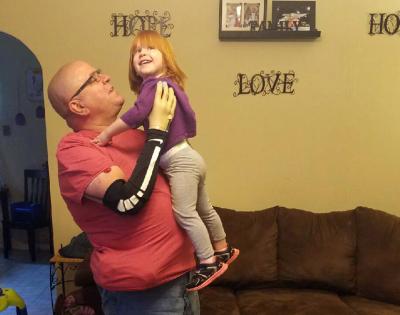
Hero Type
Image
October 26, 2016
Electrical stimulation mimics natural touch, enabling amputees to feel a range of intensity that allows them to hold a child's hand, precisely operate machinery and more
Walking through a busy store, Keith Vonderhuevel confidently held his 5-year-old granddaughter’s hand with his prosthetic hand. ...
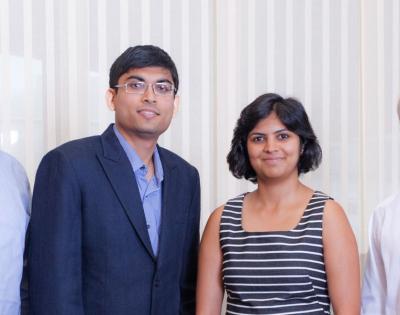
Hero Type
Image
October 19, 2016
A team of biomedical engineers at Case Western Reserve University is among seven of 23 research teams from the 2016 I-Corps@Ohio program selected to present to potential investors at the upcoming Ohio Collegiate Venture Showcase. The team will present its new technology in brain tumor treatment mana...

Hero Type
Image
October 03, 2016
Case Western Reserve University-led research could speed identification of recurrent tumors, eliminate costly and risky brain biopsies
Computer programs have defeated humans in Jeopardy!, chess and Go. Now a program developed at Case Western Reserve University has outperformed physicians on a more s...
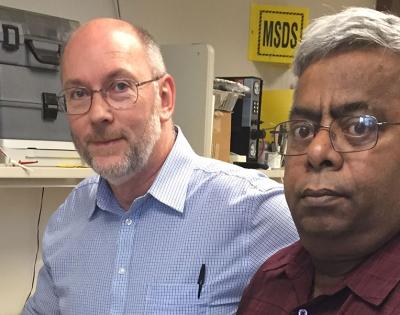
Hero Type
Image
September 27, 2016
What if eliminating physical pain was a matter of flipping a switch to block it? No drug needed. When it’s time to stop the block, just turn it off.
Researchers at Case Western Reserve University hope to eventually treat chronic or acute pain by using energy-based neuromodulation technology. The un...

Hero Type
Image
September 09, 2016
Anant Madabhushi, the F. Alex Nason professor II of biomedical engineering and director of the Center for Computational Imaging and Personalized Diagnostics (CCIPD), and his team were issued three patents in digital pathology and precision medicine.
U.S. patent 9,424,460 titled "Tumor plus adjacent...
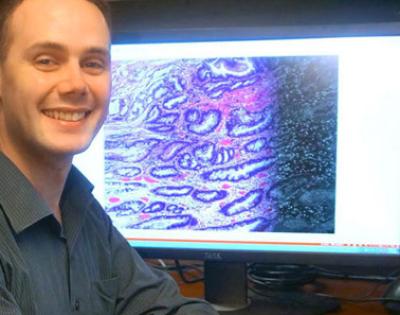
Hero Type
Image
August 10, 2016
Jon Whitney, a postdoctoral research associate in the Center for Computational Imaging and Personalized Diagnostics in Case School of Engineering’s Department of Biomedical Engineering, has been named by Case Western Reserve University as a 2015 Hartwell Foundation Fellow. He was recognized for his ...

Hero Type
Image
August 02, 2016
Changes in benign tissues next to prostate tumors may provide an early warning for patients at higher risk for biochemical recurrence after a radical prostatectomy, a study by researchers at Case Western Reserve University and Johns Hopkins Medical Institutions shows.
Biochemical recurrence, which ...
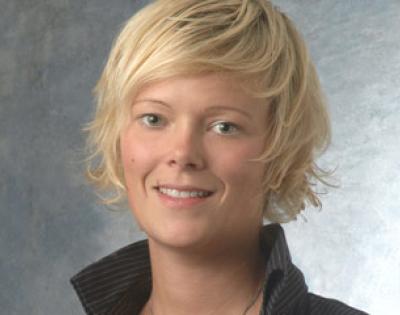
Hero Type
Image
July 26, 2016
Phenanthriplatin outperformed cisplatin in mouse model of triple-negative breast cancer when encapsulated into nanocarrier
In a pair of firsts, researchers at Case Western Reserve University and Massachusetts Institute of Technology have shown that the drug candidate phenanthriplatin can be more eff...
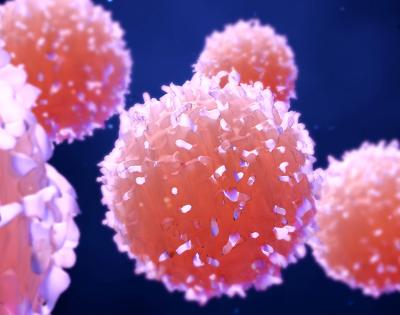
Hero Type
Image
July 18, 2016
National Cancer Institute awards $3.3 million to develop digital image analytics
Researchers from Case Western Reserve University are teaming with industry and other academics to develop a quick and inexpensive test to predict which women with ER+ breast cancer need chemotherapy and which need only ...
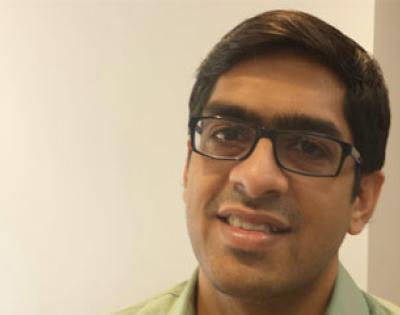
Hero Type
Image
June 27, 2016
Risk score would determine who would benefit from chemoradiation alone
Researchers estimate that, in the United States annually, up to 10,000 rectal cancer patients undergo unnecessary surgery, and more than 25,000 suffer from pelvic sepsis, wound infection and permanent impairments from aggressive ...

